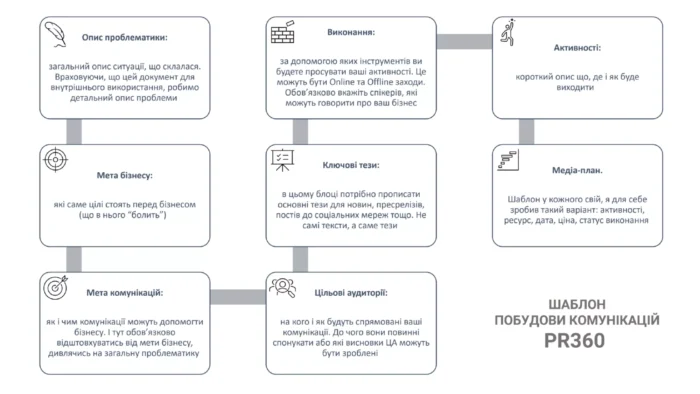Risk Map: A Rudiment That (Doesn’t) Predict the Future

To foresee all future risks and create a step-by-step action plan to deal with them. Businesses entrust this significant mission to a risk map. At least, all the large companies I’ve worked for strongly insist on having one. However, in PR practice, it never works.
In 99% of cases, a crisis situation “pops up” from where it wasn’t expected. You might guess the direction of the risk. And this is obvious, understanding the specifics of the business and the markets in which it operates. However, even in this case, the details of the theoretical crisis do not correspond to the real challenge the company faces.
And the risk map just sits in a “drawer.” In over 18 years of working in PR, I have never seen anyone follow this document in a crisis. In one of my previous companies, I updated it literally six months before a major regulatory crisis. Change of government, new parliament, new challenges for business due to taxes. The pressure was unexpected, although from an expected direction. So, I developed a communication platform, which was approved in a record 1-2 days (compared to the traditional 1-2 weeks), and we proceeded with the new plan. No one even mentioned the risk map.
Why is this? In practice, the risk map remains an internal document for the PR structural unit. When PR specialists sound the alarm, other structural units won’t lift a finger until the CEO personally intervenes. And it shouldn’t be like that.
What’s the alternative? The risk map is a rudiment that should be replaced by an internal protocol at the level of the entire company. It must be mandated from the top to all departments for signature, ensuring understanding of their role and responsibility. Responsibility itself is mandatory. Disciplinary, financial – that’s a matter of the business’s internal policy.
A communication crisis threatens the entire company, not just the PR department. All specialists must understand and realize this. And often, the success of communication is measured by the clarity of interaction within the business. Failure to provide information or providing incomplete data can have unpleasant consequences. A drop in sales, broken contracts, disrupted deliveries, loss of markets – this no longer sounds like just a PR person’s problem, right?
During a crisis, the entire company must act as a single mechanism. Information about a threatening event should reach PR immediately after it occurs, not when the media writes about it. All additional data should be provided as quickly as possible to prepare a clear action plan, coordinate it with the CEO (yes, coordinate, not take up his time developing a crisis strategy), and communicate the company’s position to the public. And it is precisely the protocol, approved company-wide at the CEO and N-1 level, that will work here. Not a risk map gathering dust in a distant drawer in the PR department.
Communications are just as important a part of the company as production, sales, or logistics. And a document that requires a UNIFIED response to a crisis must be mandatory for everyone.


